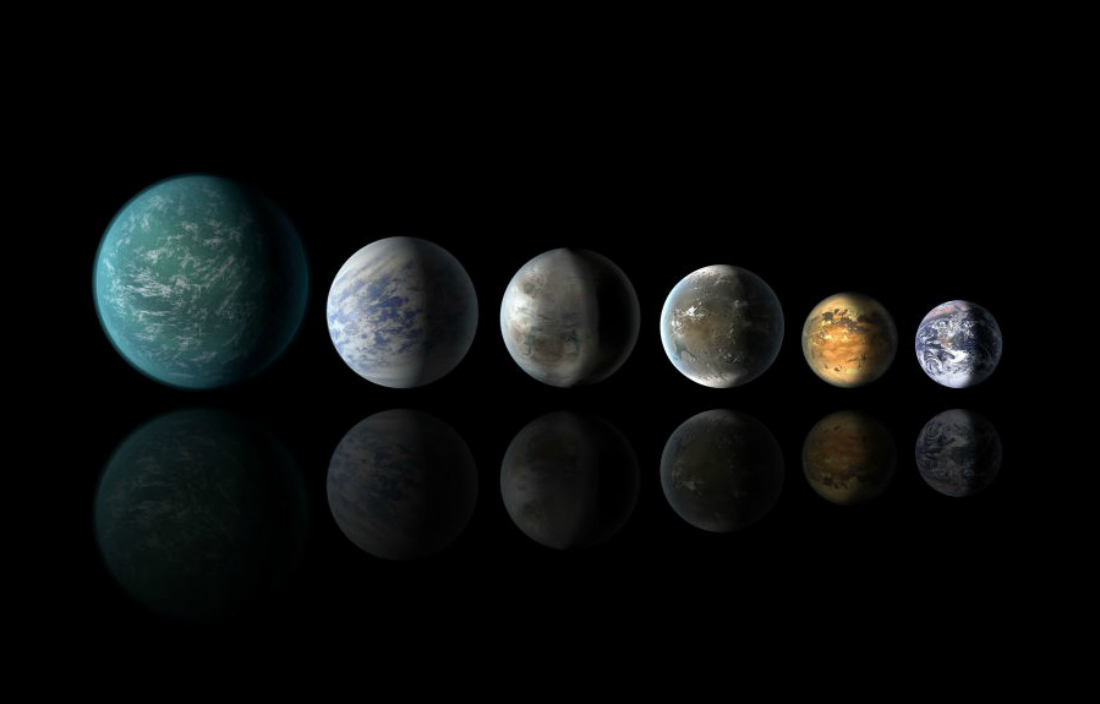
Broken Telescope
NASA’s Kepler space telescope is broken, and it has been broken since 2013 because of hardware failure. But this is “the little spacecraft that could.”
Ideally, Kepler uses four reaction wheels to keep it centered precisely on its target. In 2012, one of them stopped spinning. Kepler should still be able to properly function provided that all other reaction wheels remained reliable.
However, another one failed.
Ultimately, this makes the spacecraft unstable, and any outside force could knock it totally out of position. Instead of decommissioning Kepler for the time being, NASA assigned it a secondary mission, K2. K2 makes use the power of the Sun to keep Kepler manageable. The light from the Sun acts as a virtual reaction wheel, physically pushing against the craft’s solar panels as the three physical reaction wheels push back. These forces keep the telescope in place.
However, it has to be repositioned every 80 days to keep the solar forces hitting it in just the right point.
Still Working

Despite the hardware problem, Kepler is still doing a great job. The space telescope has already discovered 4,696 exoplanets, with 1,930 already confirmed. Just in 2014, Kepler collected 234 new exoplanet candidates. These were announced this week at the 227th annual American Astronomical Society. What’s more, 100 have been confirmed.
The Kepler space telescope was designed and launched by NASA to discover Earth-like planets orbiting other stars. To work, Kepler monitors over 150,000 distant stars in an attempt to detect exoplanets.
One method of detection is by measuring the light levels from the star suspected to be orbited by a planet. As the planet passes between the star and our line of sight, the light we see is dimmed. We can use those variations in light to infer the existence of planets orbiting the observed stars, and even to measure the size, mass, and atmospheres of the orbiting worlds themselves. This way, scientists can figure out whether a planet is the right size and mass to be rocky (like Earth) and whether it’s the right distance from its host star to hold liquid water.